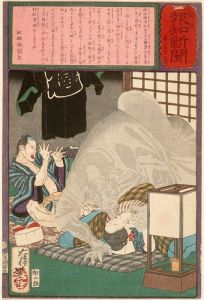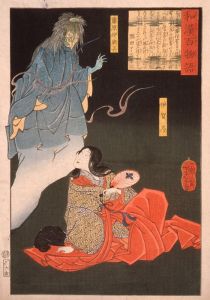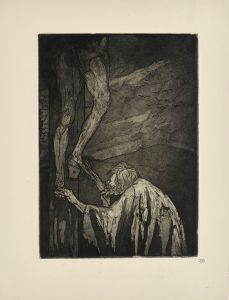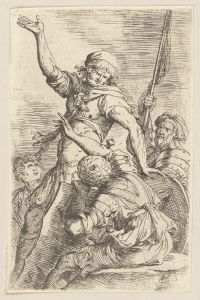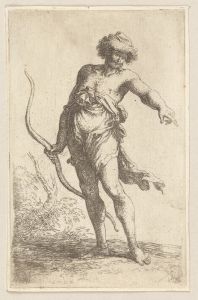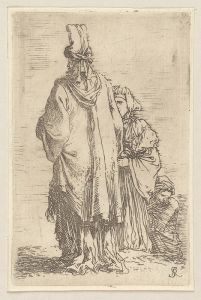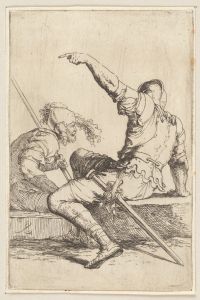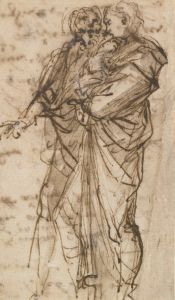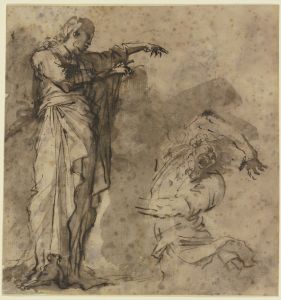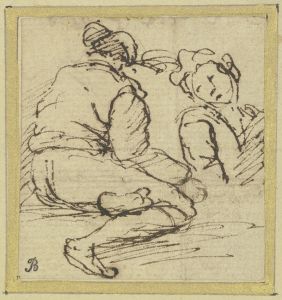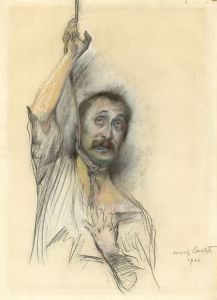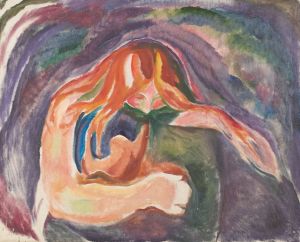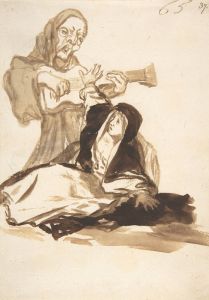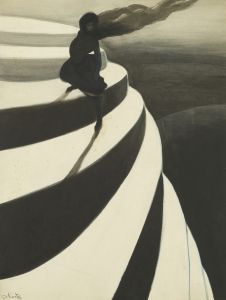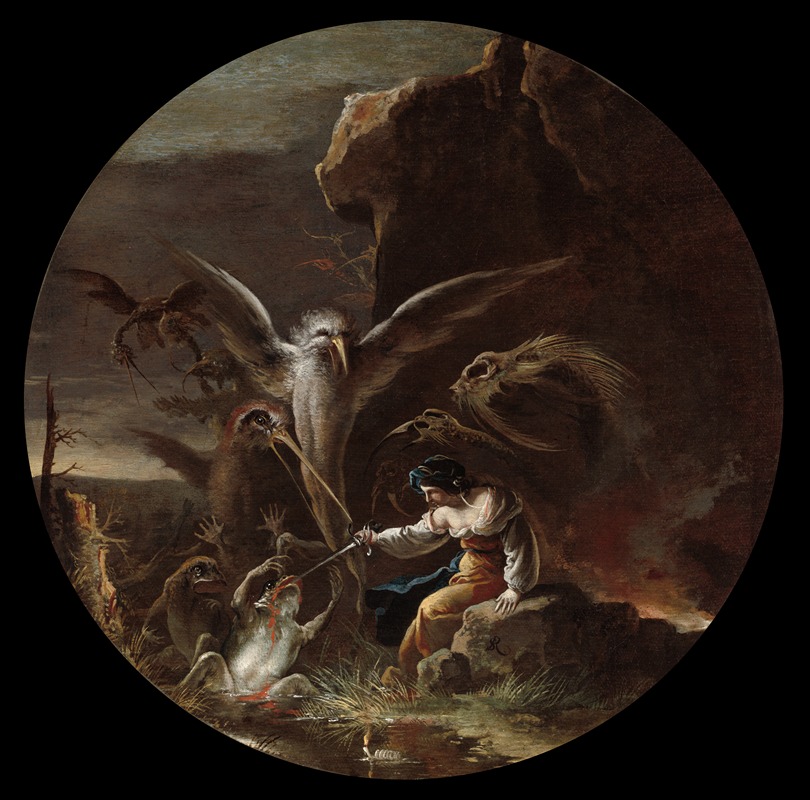
Scenes of Witchcraft, Morning
A hand-painted replica of Salvator Rosa’s masterpiece Scenes of Witchcraft, Morning, meticulously crafted by professional artists to capture the true essence of the original. Each piece is created with museum-quality canvas and rare mineral pigments, carefully painted by experienced artists with delicate brushstrokes and rich, layered colors to perfectly recreate the texture of the original artwork. Unlike machine-printed reproductions, this hand-painted version brings the painting to life, infused with the artist’s emotions and skill in every stroke. Whether for personal collection or home decoration, it instantly elevates the artistic atmosphere of any space.
Salvator Rosa was an Italian Baroque painter, poet, and printmaker known for his unorthodox and often dramatic works. He was born in 1615 in Naples and became one of the most original artists of the 17th century. Rosa is particularly noted for his landscapes, battle scenes, and genre paintings that often included elements of the supernatural or the macabre. One of his intriguing themes was witchcraft, which he explored in several paintings.
"Scenes of Witchcraft, Morning" is one of Rosa's works that delves into the theme of witchcraft. While specific details about this particular painting are scarce, it is consistent with Rosa's interest in the supernatural and the occult. His fascination with such themes was part of a broader cultural interest in witchcraft and the supernatural during the Baroque period, which was characterized by dramatic expressions of emotion and a fascination with the mysterious and the unknown.
Rosa's witchcraft scenes often depict witches and sorcerers engaged in various rituals or gatherings, set against dark and foreboding landscapes. These paintings are notable for their dramatic use of light and shadow, which heightens the sense of mystery and tension. Rosa's skillful use of chiaroscuro—a technique that contrasts light and dark—adds to the eerie atmosphere of his witchcraft scenes.
In his depictions of witchcraft, Rosa often included a variety of figures and symbols associated with the occult. These might include witches riding on broomsticks, cauldrons bubbling with mysterious potions, and gatherings of grotesque figures engaged in arcane rituals. Such imagery was not only a reflection of the popular beliefs and fears of the time but also a testament to Rosa's imaginative and theatrical style.
Rosa's work in this genre can be seen as a commentary on the superstitions and societal fears of his era. The 17th century was a time when witch hunts and trials were still prevalent in Europe, and the fear of witchcraft was widespread. By depicting these scenes, Rosa tapped into the cultural zeitgeist, offering viewers a glimpse into the darker aspects of human belief and imagination.
While "Scenes of Witchcraft, Morning" specifically may not be as well-documented as some of Rosa's other works, it likely shares these thematic and stylistic elements. Rosa's paintings of witchcraft remain significant for their ability to capture the viewer's imagination and evoke the mysterious allure of the supernatural. His works continue to be studied and appreciated for their artistic merit and their insight into the cultural and historical context of the Baroque period.
Salvator Rosa's legacy as an artist is marked by his bold exploration of unconventional themes and his ability to convey complex emotions through his art. His witchcraft scenes, including "Scenes of Witchcraft, Morning," exemplify his unique approach to painting and his enduring influence on the world of art.





